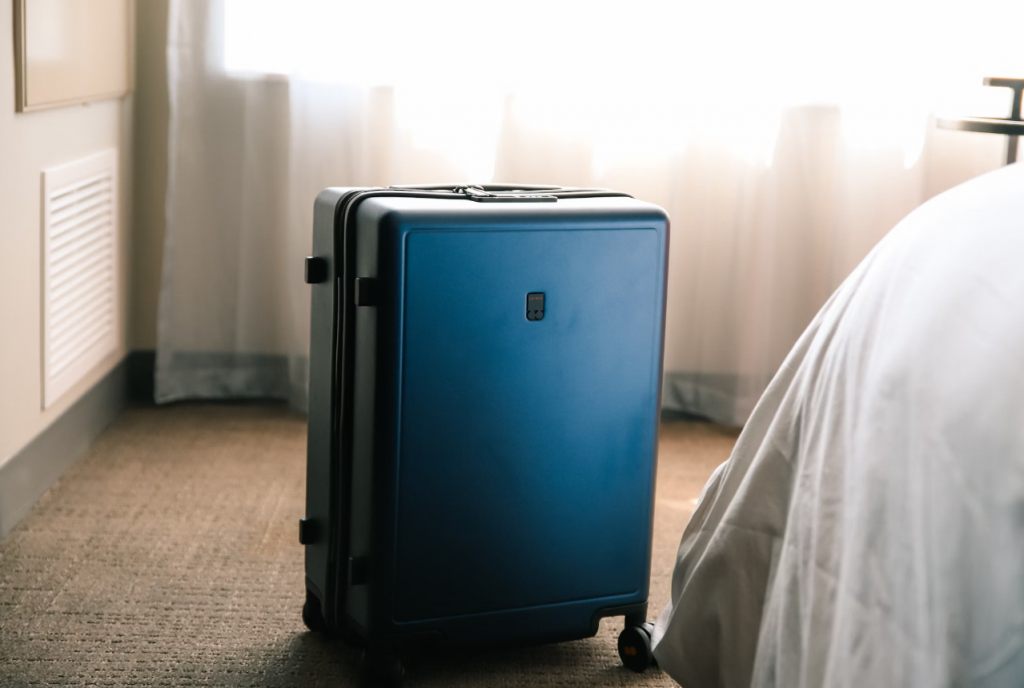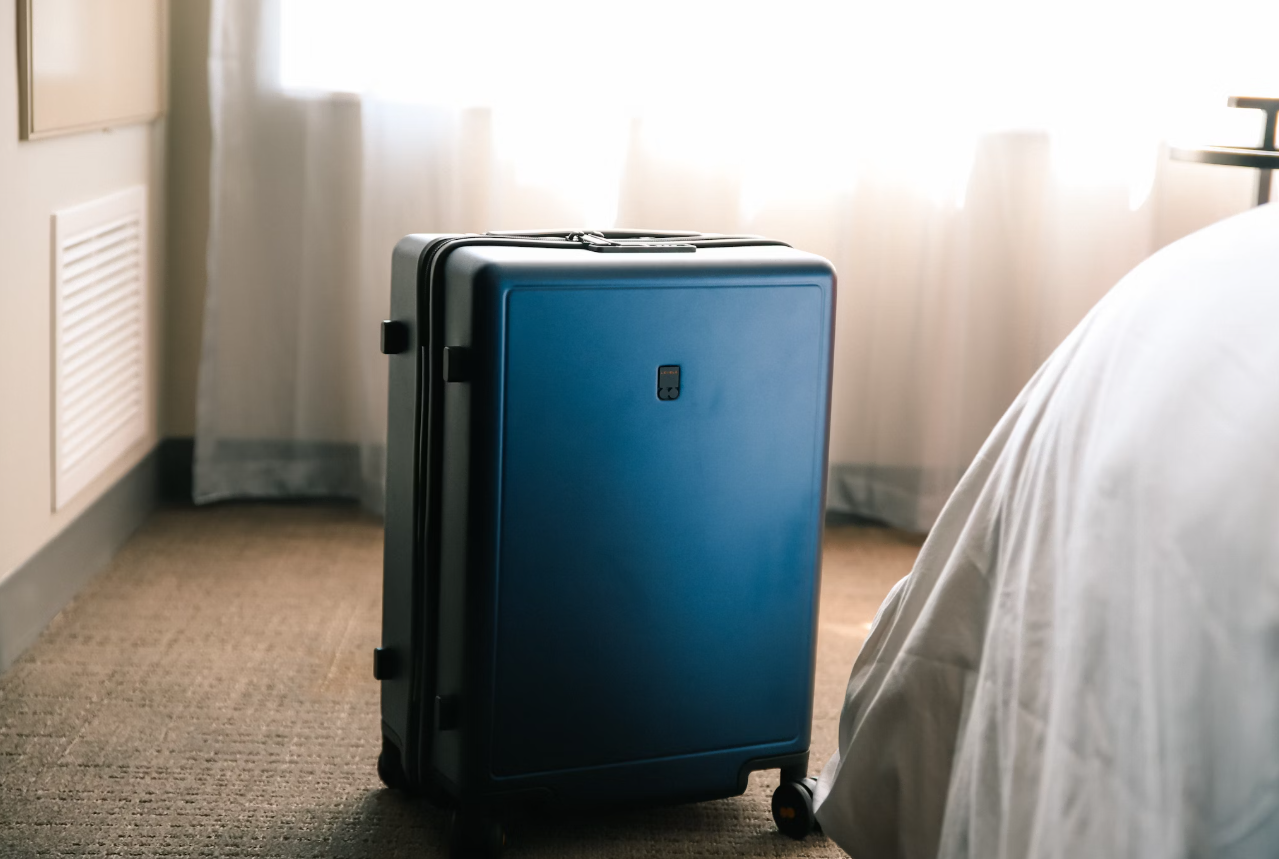Introduction
Packing for a trip can often feel like a daunting task, especially when you’re trying to figure out how to pack light without leaving behind the essentials. Whether you’re heading to a beach getaway, a business conference, or an adventurous trek, the art of packing light can make or break your travel experience. But why is it so important to pack light? Simply put, packing light reduces stress, saves time, and leaves you with the freedom to explore your destination without the burden of heavy luggage. In this article, we’ll break down exactly how to master the art of packing light for any trip and make your travel experience smoother and more enjoyable.
The Fundamentals of Packing Light
Understanding the Basics of Packing Light
Packing light isn’t just about fitting everything into a smaller bag; it’s about being strategic. Packing light means carefully selecting what you bring based on the activities you’ll be doing, the weather, and the length of your trip. It’s about packing only what’s necessary, so you’re not weighed down by extra items that you’ll never use.
Benefits of Light Packing
The benefits of packing light are numerous. First, you save on baggage fees and avoid the hassle of lugging around heavy suitcases. Second, lighter luggage allows for more freedom while traveling, whether you’re navigating crowded airports or exploring a new city. Finally, packing light helps you stay organized, reducing the stress of finding what you need and keeping everything within reach.

How Packing Light Enhances Your Travel Experience
Packing light doesn’t just make travel easier—it can make it more enjoyable. When you’re not bogged down by excessive luggage, you have more room for adventure. You’re more agile, and your focus can remain on the experiences at hand rather than worrying about your belongings.
Essential Tips for Packing Light
Choose Versatile Clothing
One of the golden rules of packing light is versatility. When you pack clothing, choose items that can serve multiple purposes. For example, a light jacket can be worn during the day and layered at night. Neutral colors, like black, white, and beige, allow you to mix and match outfits easily.
Focus on Neutral Colors
Neutral colors are a game changer when it comes to packing light. By sticking to a limited color palette, you can create numerous outfit combinations with fewer pieces. This means you can pack fewer clothes and still have a variety of options.
Layering is Key
Layering is a packing strategy that’s essential for light packing. Layering not only helps you adapt to different weather conditions, but it also allows you to wear the same clothing pieces in multiple combinations. Think of lightweight sweaters, cardigans, and jackets that can be added or removed depending on the temperature.
Packing the Right Gear
Your gear can significantly impact how light you pack. The right luggage, toiletries, and travel accessories can help minimize bulk and maximize efficiency.
Lightweight Luggage
Investing in a lightweight suitcase or backpack is essential for light packing. A durable, lightweight carry-on is often all you need for short trips, while a well-organized travel backpack can be ideal for longer journeys.
Toiletries and Travel Accessories
When packing toiletries, opt for travel-sized containers and stick to the basics—shampoo, conditioner, toothpaste, deodorant, and a few skincare essentials. Consider multi-purpose products, such as a moisturizer with SPF, to save space.
The 5-Step Packing Light Process
Step 1: Plan Your Wardrobe Smartly
Planning your wardrobe ahead of time is the first step to packing light. Check the weather of your destination, and then select versatile, mix-and-match clothing pieces that will cover all your needs. Make sure you account for both day and night activities, keeping things simple but stylish.
Step 2: Pack Multipurpose Items
Look for items that serve more than one purpose. A scarf can double as a blanket or beach towel, while a pair of shoes can be suitable for both formal and casual settings. Multipurpose items like these will significantly reduce the number of things you need to pack.
Step 3: Choose the Right Luggage
Choosing the right luggage is essential to packing light. A small carry-on or a well-organized backpack can make all the difference. Look for luggage with multiple compartments that can help keep your items neatly organized without taking up unnecessary space.
Step 4: Utilize Packing Cubes and Compression Bags
Packing cubes and compression bags are game changers when it comes to packing efficiently. They help you organize your clothing and compress items to take up less space. By keeping everything neatly packed, you’ll have more room for the essentials, and it’s easier to find what you need during your trip.
Step 5: Leave Room for Souvenirs
While it’s tempting to overpack, remember to leave some space for souvenirs or items you may pick up during your travels. You don’t want to be caught in a situation where you need to buy something, but there’s no room left in your luggage.
Common Mistakes to Avoid When Packing Light
Overpacking “Just in Case” Items
Many travelers fall into the trap of packing “just in case” items, like extra shoes or an outfit for every occasion. The truth is, if you plan properly, you likely won’t need these extra items. Always focus on what you’ll truly use and leave behind what’s unnecessary.
Forgetting About Weight Distribution
Even if you’re packing light, it’s important to think about how you distribute the weight in your luggage. Avoid packing everything into one section of your bag. Instead, spread out heavier items to balance the weight evenly and make carrying your luggage more comfortable.
Ignoring Weather and Destination Specifics
One common mistake is not properly considering the climate and destination specifics. Packing light doesn’t mean packing for every possible situation. Ensure you pack only for the weather conditions you’ll actually experience and the activities you plan to do.
Packing Light for Different Types of Trips
Packing for Business Travel
Business travel often requires more formal attire, but that doesn’t mean you need to overpack. Stick to a couple of suits or dresses, and make sure your accessories—like shoes and ties—are versatile enough to work with multiple outfits.
Packing for Leisure and Adventure Trips
For leisure and adventure trips, prioritize comfort and practicality. Choose lightweight, moisture-wicking clothing for outdoor activities, and bring a pair of sturdy yet light shoes that can handle different environments.
Packing for Long-Term Travel
When traveling long-term, packing light becomes even more crucial. You’ll need to be strategic about clothing, toiletries, and gear. Consider versatile, easy-to-wash clothing and pack multi-purpose travel gadgets to make your trip smoother.
Conclusion
Packing light is an art, but it’s one that can significantly improve your travel experience. By choosing versatile clothing, packing the right gear, and following a step-by-step packing strategy, you’ll save time, reduce stress, and enhance your overall trip. Whether you’re traveling for business, leisure, or adventure, learning how to pack light is a game-changer. Remember, the key is in the details—plan smartly, pack efficiently, and enjoy the freedom that comes with a light bag.

No responses yet